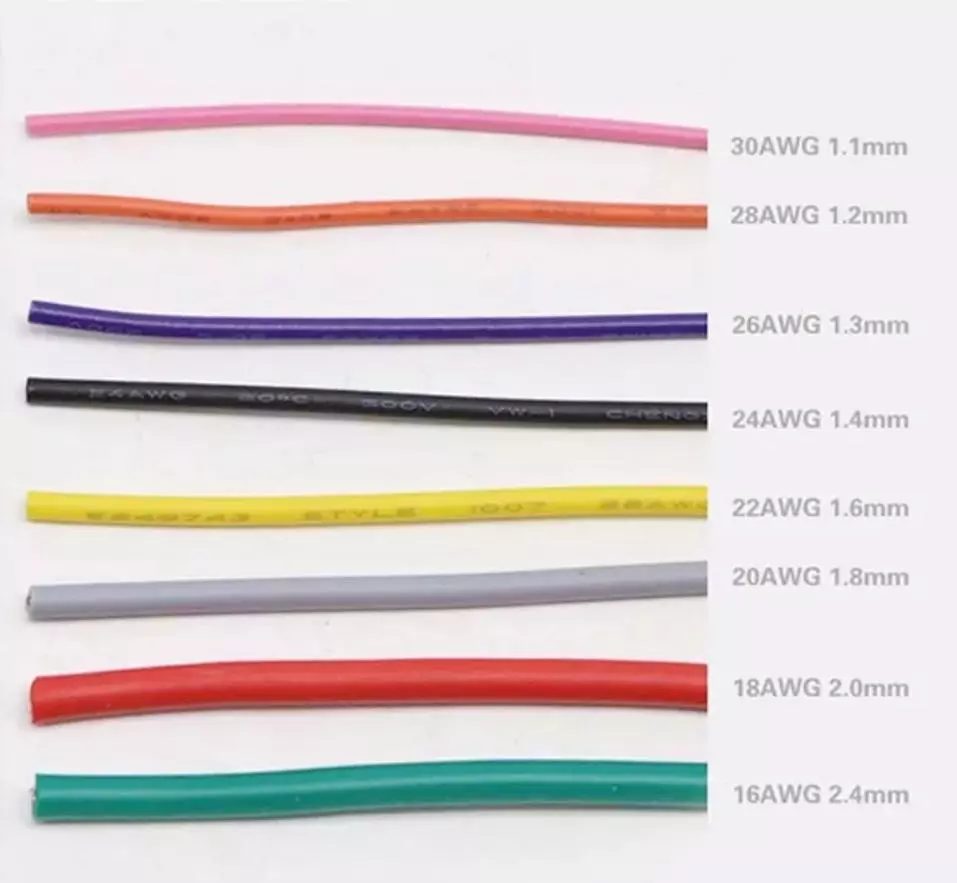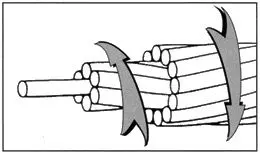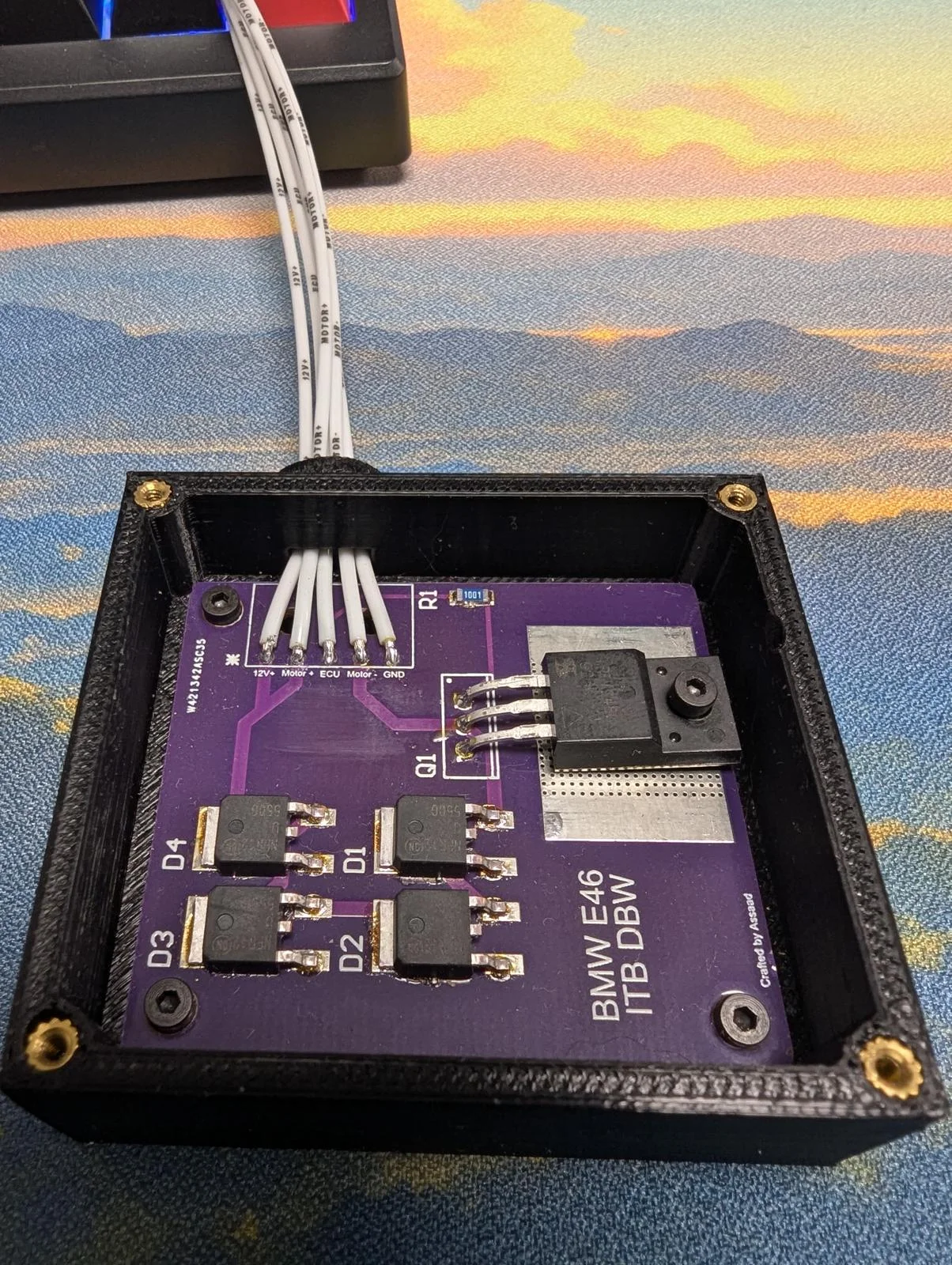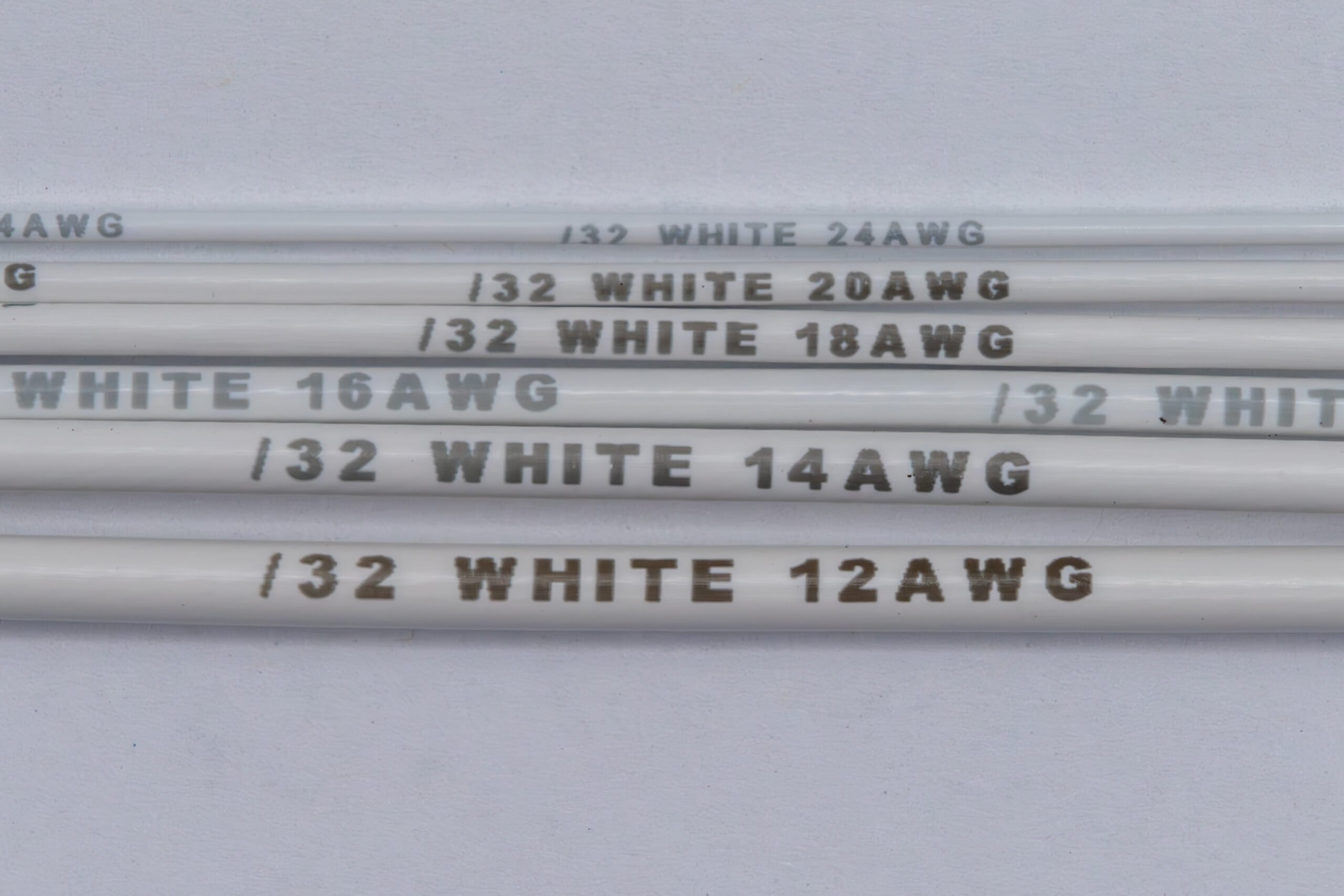14 AWG (American Wire Gauge)
Application: 14 AWG wire is commonly used for general household electrical wiring, such as lighting circuits and receptacle outlets. It is suitable for carrying currents of up to 15 amperes, making it a versatile choice for a wide range of residential applications.
10 AWG (American Wire Gauge)
Application: 10 AWG wire is often used for higher-powered applications, such as large appliances, electric water heaters, and air conditioning units. With a current-carrying capacity of up to 30 amperes, 10 AWG wire is well-suited for circuits that require heavier electrical loads.
6 AWG (American Wire Gauge)
Application: 6 AWG wire is utilized in industrial and commercial settings for applications that demand even higher current-carrying capacity, such as heavy-duty machinery, industrial ovens, and large motor circuits. Its ability to handle currents of up to 55 amperes makes it a reliable choice for powering high-demand equipment.
22 AWG (American Wire Gauge)
Application: 22 AWG wire, being thinner, is commonly used for low-power applications such as signal and control wiring in electronic devices, as well as for wiring in telecommunications and data transmission systems. Its small diameter and flexibility make it ideal for intricate and space-constrained installations.
2 AWG (American Wire Gauge)
Application: 2 AWG wire is employed in heavy-duty applications requiring substantial current-carrying capacity, such as industrial equipment, large motors, and high-power distribution circuits. Its ability to handle currents of up to 190 amperes makes it suitable for demanding electrical loads.
These examples illustrate how wire gauge selection is tailored to the specific requirements of different electrical applications, taking into account factors such as current-carrying capacity, voltage rating, and practical considerations. By choosing the appropriate wire gauge for a given application, electrical systems can operate safely and efficiently, ensuring reliable performance and minimizing the risk of electrical hazards.






